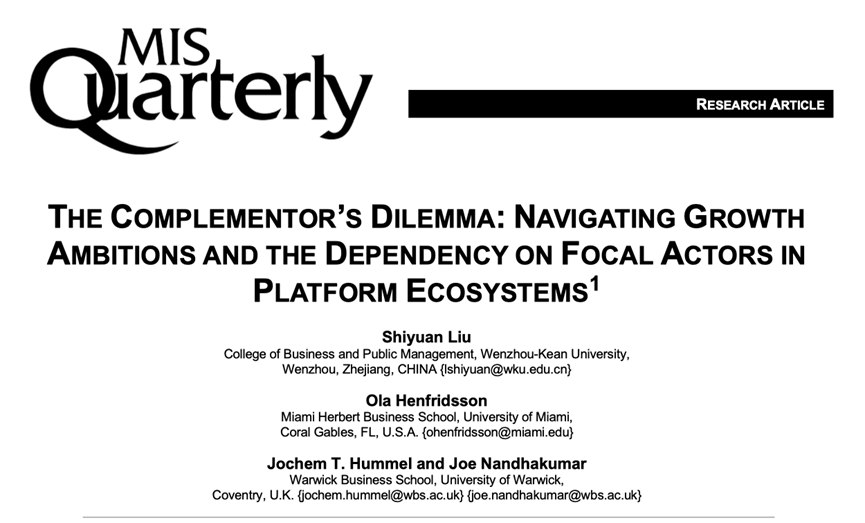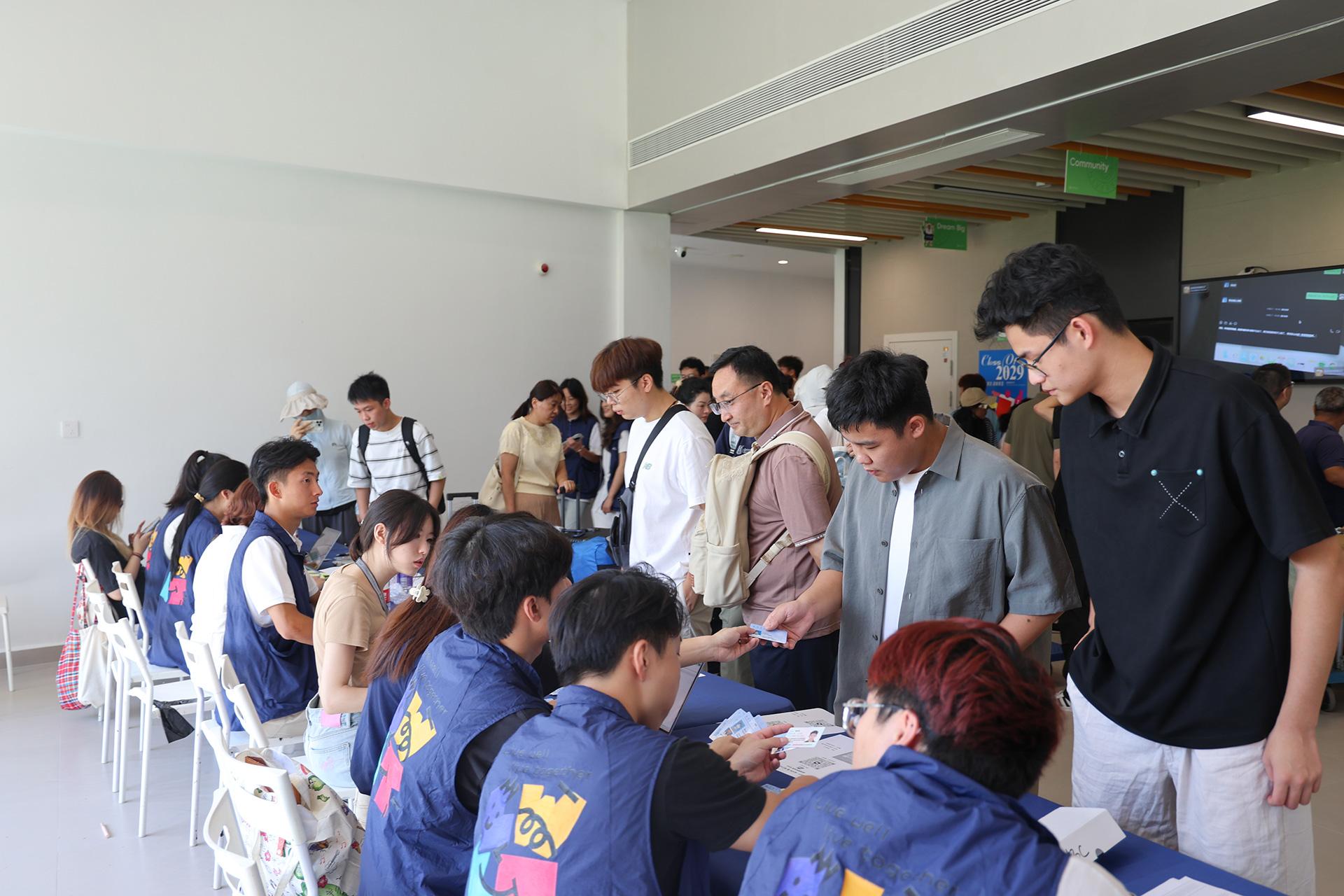The project - OFFLINE PARK by WKU Design Lab (WKDL) win an award
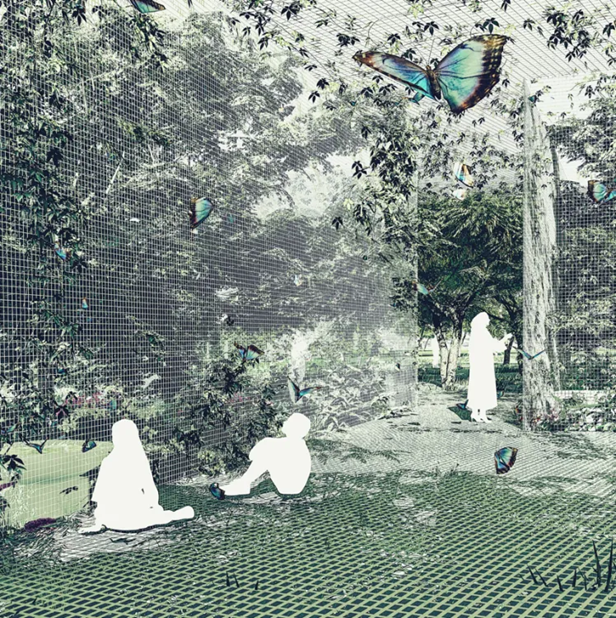
Recently, the "OFFLINE PARK" project designed by WKU Design Lab (WKDL) won the Beautiful Forms of Energy Award at International Open Design Competition LAGI 2022 held in Germany. The award-winning project is currently being exhibited at the Bundesgartenschau in Germany (BUGA 23).

In 2022, the International Land Art Generator Initiative (LAGI) launched a global open competition, inviting creative talents to design a 21st-century urban park in Mannheim, Germany, capable of providing one million clean kilowatt-hours using renewable energy technologies. The competition targeted teams composed of interdisciplinary artists, architects, landscape designers, engineers, and scientists. The entries were evaluated by a panel of sustainability experts and the Mayor of Mannheim. Over 200 teams worldwide participated in the competition, with the "OFFLINE PARK" by WKU Design Lab (WKDL) making it to the final shortlist. The entry was one of WKDL's summer internship projects, involving faculty and students from the School of Architecture at WKU and Xi'an Jiaotong-Liverpool University.
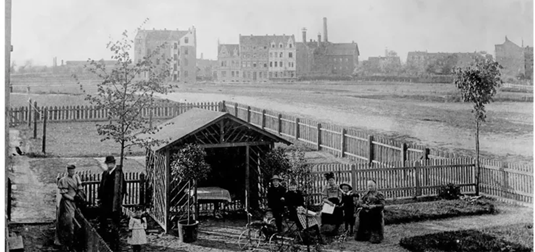
The "OFFLINE PARK" project harnesses solar energy technology for power supply. Its outer perimeter features a micro-spherical solar grid, designed to capture sunlight from various angles. Within growth bags, willow trees are woven into structures, replacing energy-intensive concrete and steel foundations and substructures. This setup aims to provide electricity for the entire park and even for Mannheim city. Additionally, the park serves to shield against electromagnetic radiation, reducing the reliance on electronic devices and creating a tranquil green oasis for relaxation.
The park also features a butterfly garden, providing habitat protection for butterfly populations and creating various suitable microclimates and unique diffused light conditions for plants. It serves as a natural museum, showcasing the beauty and diversity of local flora and fauna.
"Today's young people find it challenging to disconnect from electronic devices; they always have their phones in hand and struggle to find a quiet place to unwind," David remarked. "The 'Offline Park' offers a serene and tranquil haven where detaching from phones allows for a deeper immersion in nature and a genuine connection with the environment. It sets a precedent for future park developments." David has been dedicated to the issue of public service, and in the future, there will be more projects to share with everyone.
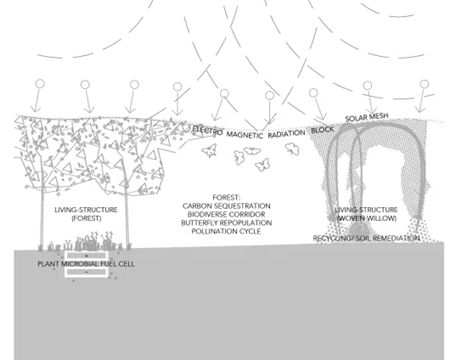
"Sustainable development should encompass both generation and reduction aspects. Besides harnessing solar energy, we also reduce energy consumption by pausing smartphone and data usage. Butterflies are pivotal to biodiversity, yet they're facing population decline in Germany, partly due to the harmful effects of electromagnetic radiation. Our solar cover shields them, creating a butterfly garden underneath with various beneficial microclimates and special diffused light conditions, promoting plant growth, and enhancing the brightness of fauna and flora, forming a naturally enhanced museum," remarked David Vardy, distinguished professor at the WKU School of Architecture and Design and director of the WKU Design Lab.
"The micro-spherical solar grid can capture sunlight from various angles, thus it can be integrated into undulating surfaces such as grids or textiles. We have developed an ecological willow structure to support the grid, using biodegradable and recyclable materials for growth bags instead of energy-intensive concrete and steel foundations and substructures. This willow weaving form is aesthetically inspired by the renowned Art Nouveau style lampposts of the Mannheim Water Tower."
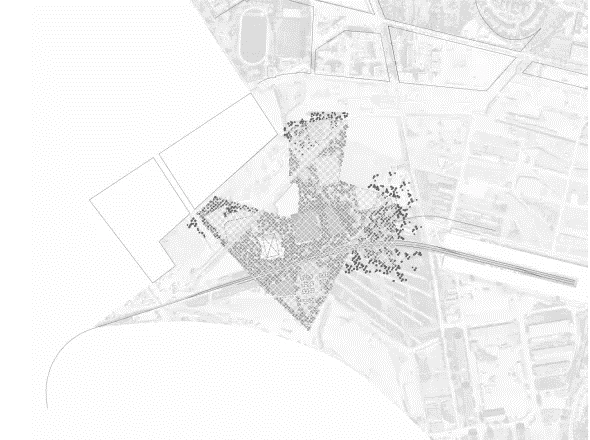
"I believe that in the future, every city will have an Offline Park—a space that is both public and private, devoid of electronic devices, where a new culture of disconnection and reconnection can flourish." Currently, the "OFFLINE PARK" project is being exhibited at the Federal Garden Show in Germany (BUGA 23), expecting over two million visitors. Additionally, it will be featured in the forthcoming book "Land Art as Climate Action: Designing 21st Century Urban Parks."
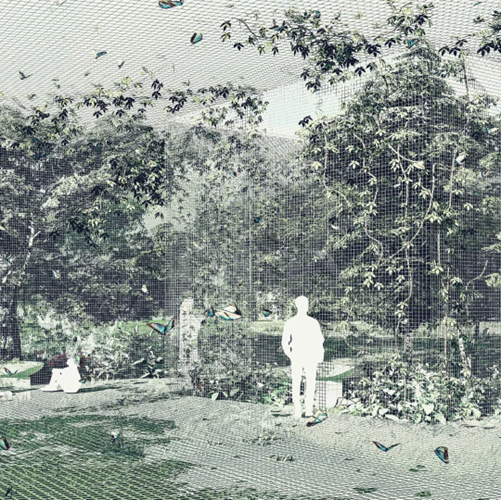
In addition to participating in design competitions, WKDL also collaborates with local villages and governments on architectural design and research.
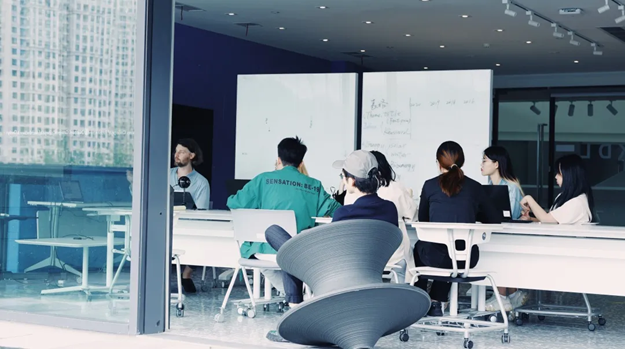
WKDL is the Architectural and Design Research Institute of WKU, integrating architectural practice, research, and project-based learning. It collaborates with students from the School of Architecture and Design on design and construction projects. It has won a series of international design awards. In addition to design competitions, the lab also undertakes design and research projects in collaboration with various counties, cities, and governments in Wenzhou.
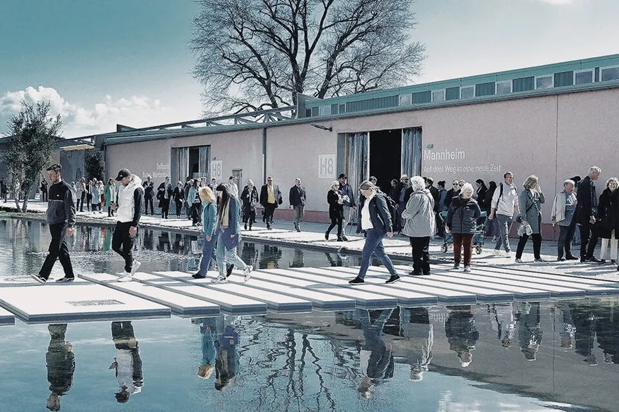
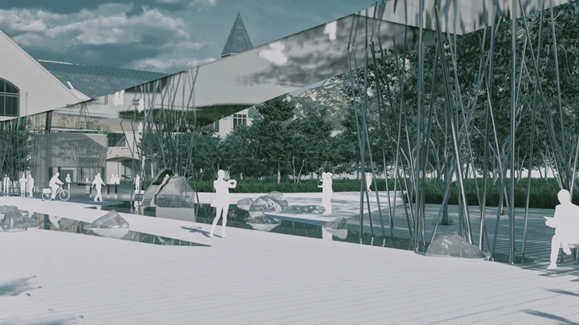
Member Insights
01 Architecture student Xiong Siqi:
"Through my internship at WKDL, I have met many outstanding and interesting students and teachers from different schools. By conducting research together, I initially proposed suggestions within our team, offering many insights into environmental and architectural sustainability. This experience has been very helpful to me in my subsequent learning process."
02 Architecture student Yi Xuanrun:
"The internship allowed me to experience new possibilities in architectural design through an interdisciplinary project, involving spatial, cultural, ecological, and energy technology dimensions in the design of a multidimensional sustainable infrastructure."
03 Urban design student Yan Mengshi:
"This competition has deepened my understanding of sustainable design. After completing my internship at WKDL, I decided to shift my focus to sustainable urban design. I have been accepted into the Royal Institute of Technology in Sweden to pursue a master's degree in this field."
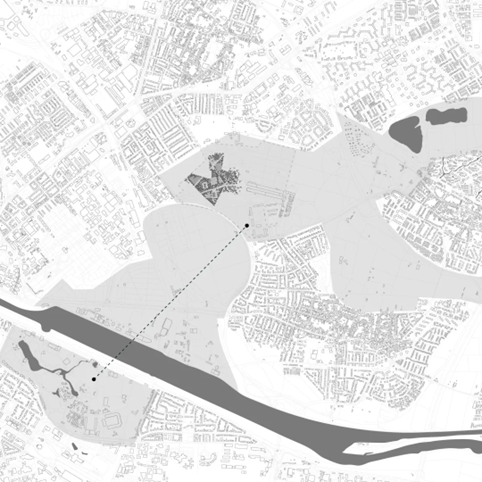
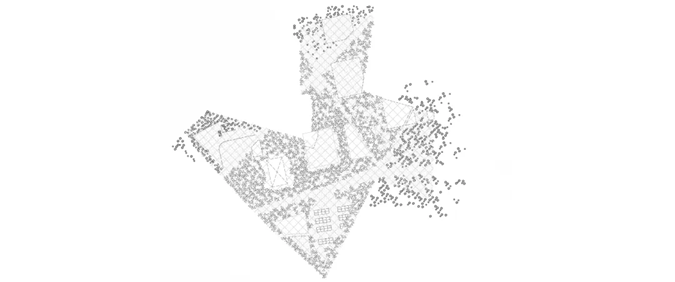
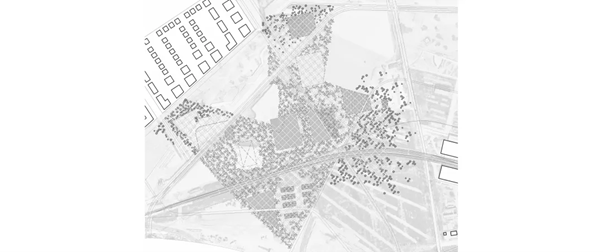
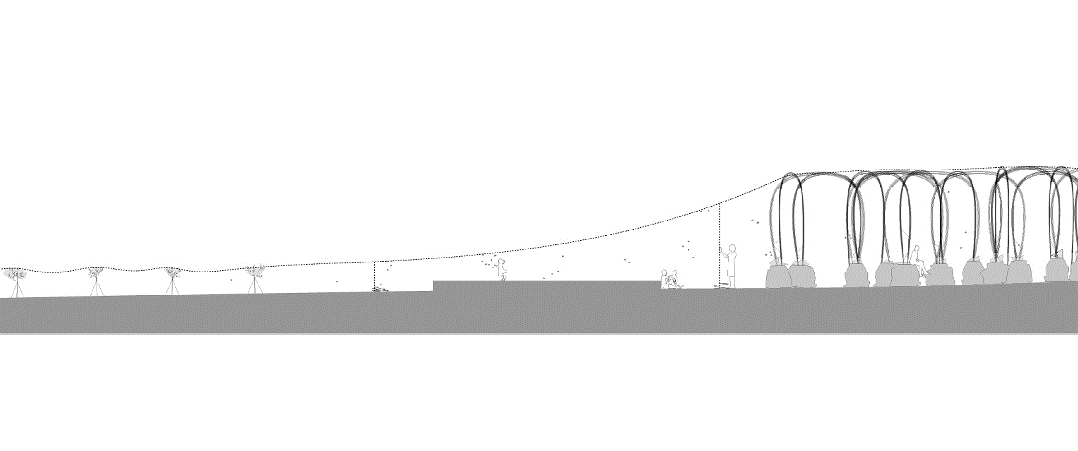
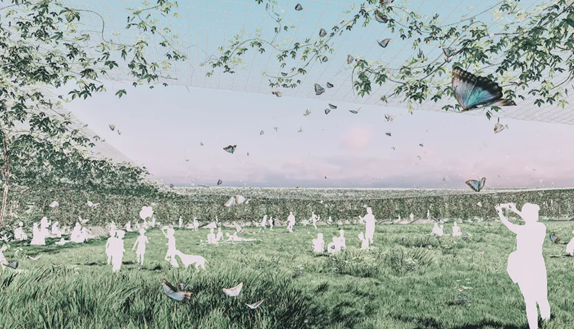
Project Information:
Project Name: OFFLINE PARK
Website: http://design.wku.edu.cn/index.php/wkdl-office/
Lead Architect: David Vardy (WKU Design Lab / WKDL)
Design Team: David Vardy, Xu Jiayi, Su Yuzhang, Li Jinyu, Yi Xuanrun, Evan Shalini
Project: International Land Art Generator Initiative (LAGI) competition, designing a 21st-century urban park as a renewable resource energy pattern
Location: Mannheim, Germany
Project Components: Renewable energy infrastructure, urban park, and Schrebergarten community gardens
Architectural System: Micro-spherical electromagnetic solar mesh, woven willow living structure, biodegradable regenerative material root ball basket.
Timeframe: Designed in 2022 / Exhibition from May to October 2023.
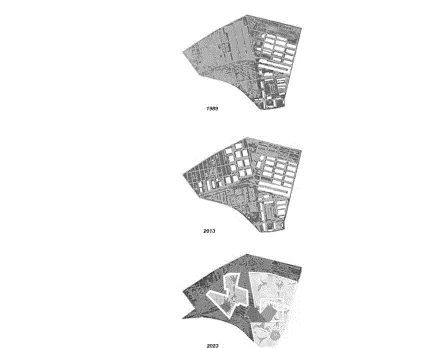

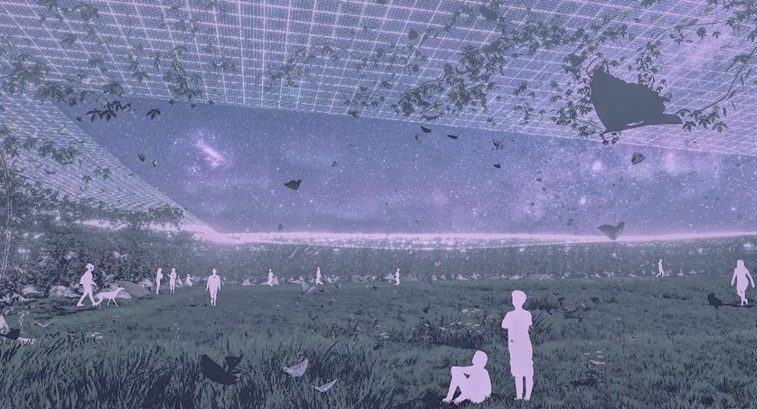
#wkdl #media #lagi #offline-park
Headline:
International design award for sustainability innovation for ‘Offline-Park’ by the Wenzhou-Kean Design Lab (WKDL) in the international open competition of The Land Art Generator Initiative (LAGI), Mannaheim, now on exhibition at The German Federal Horticulture Show (BUGA 23).
Summary:
‘The park of the 21st century will be offline.‘
In 2022 the international open-call competition of The Land Art Generator Initiative (LAGI) invited creatives from around the world to design a unique work of art— a 21st Century City Park using renewable energy technology to supply clean megawatt-hours to the City of Mannheim, Germany. The competition was open to interdisciplinary teams of artists, architects, landscape designers, engineers and scientists, and was judged by a panel of sustainability experts together with the Lord Mayor of Mannheim. More than 200 hundred teams around the world entered, and ‘Offline-Park’ by the Wenzhou-Kean Design Lab (WKDL) was awarded within the final shortlist and is now on exhibition at The German Federal Horticulture Show (BUGA 23) to be visited by more than 2 million people, and published in the forthcoming book ‘Land Art As Climate Action: Designing the 21st Century City Park’ . The winning project was a summer collaboration between WKDL and students of the School of Public Architecture, working alongside another team of Shanghai Architect Professors and students of architecture and urban planning from Xi’an Jiaotong-Liverpool University.
“A public park is a public good”, says David Vardy, School of Public Architecture Distinguished Associate Professor and WKDL Director. “Outdoor green space in Mannheim has an interesting history through the work of Dr Schreber in the 1800s, who prescribed small garden plots as a physiological and physiological antidote to the suffocation created by the rapid urbanisation of the industrial metropolis. Today our mental-health problem is not the industrial city, but the new culture of data and our inability to switch-off. Our park is a living- structure solar fabric, a 96% open mesh canopy generating energy from micro spherical solar cells at the same time as shieldin electromagnetic radiation (blocking phone signal). This new type of public and off-grid private park-as-antidote is too a prescription for mental wellbeing and a green-escape, this time from the suffocation of an always-alert life. ”
“Sustainable development should be two pronged— generative and reductive. As well as collecting solar-energy, we reduce energy-in-use, by placing smartphones and data consumption on pause. Butterflies, essential to biodiversity as pollinators, are suffering species decline in Germany due partly to the harm of electromagnetic radiation. Our canopy protects them, creating a butterfly garden under, with various beneficial microclimates and special conditions of diffused light for plant growth and the illumination of flora and fauna, a museum of sorts where nature is amplified. ”
“A micro spherical solar mesh is able to receive the suns beam from varying directions, and so can be incorporated into an undulating surface such as a mesh or textile. We have created a living willow structure to support the mesh, grown within disintegrating bags of recycled expo material, instead of an energy-intensive concrete and steel foundation and sub-structure. The willow weaving is inspired formally by the famous art nouveau light stands of Wasserturm Water Tower Mannheim. ”
“Although the site is currently empty, it has been home to many developments throughout history, such as army barracks. Our park is conceived as archaeology, in that the plan is detailed as a tracing of the various histories, reproducing previous structures and cultivations as new yet familiar multi-purpose zones of platforms and courtyards. ”
“I believe in the future, all cities will have an offline park— a public place which is also a private space, of no data and no recording, where new cultures of disconnection and reconnection can grow. ”
For architecture student Xiong Siqi; “through the WKDL internship I got to know many excellent and interesting students and teachers from different schools, and through undertaking research together at the very beginning, to making proposals within our team, I came to many insights on environmental and architectural sustainability that helped me a lot in the later learning process. ”
For architecture student Yi Xuanrun; “the internship enabled me to experience new possibilities for architectural design through an interdisciplinary project in a new field of multi-dimensional sustainable infrastructure design, involving space, humanity, ecology, and energy technology. ”
BUGA 23, short for Bundesgartenschau, is The German National Garden Show, and is held this year in Mannheim on the site of the competition. It is expected to attract around two million visitors by the time it closes in October 2023. Offline Park is part of the exhibition ‘Beautiful Forms of Energy’ .
Urban design student Mengshi Yan said “the competition introduced me to a deeper understanding of sustainable design, and after the experience of the WKDL internship I decided to change my focus to sustainable urban design and I have been accepted to study masters in this at the KTH Royal Institute of Technology, Sweeden. ”
The Wenzhou-Kean Design Lab (WKDL) is Wenzhou-Kean Universities architecture and design institute, combining architectural practice, research, and project-based learning, collaborating with students of the Design School on design and build projects. WKDL was established in 2021, and has already won as series of international design awards. As well as design competitions, the lab undertakes university horizontal projects, collaborating with local villages and government on architectural design and research.
Project details:
Project information:
Project: Offline Park
Principal Architects: David Vardy (Wenzhou-Kean Design Lab/ WKDL)
Design team: David Vardy, Jiayi Xu, Yuzhang Su, Jinyu Li, Xuanrun Yi,Evan Saarinen
Project: International open competition of The Land Art Generator
Initiative (LAGI) to design a 21st Century City Park as a renewable
energy landscape
Location: Mannheim, Germany
Programme: renewable energy infrastructure, city park and Schrebergarten community gardens
Construction systems: micro-spherical electromagnetic-blocking solar
mesh, woven willow living-structure, biodegradable recycled material
root-ball basket
Dates: designed 2022/ exhibition May to October 2023Building area: 10.33 Hectares
Site area: 53.21 Hectares
Chinese | Wang Shu
English | David Vardy
Image | David Vardy
Production | Pan Yao
Initial Review | Kang Lu
Final Review | Lu Zhuohuan, Wang Shu
Editor | Media Center

